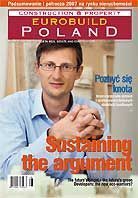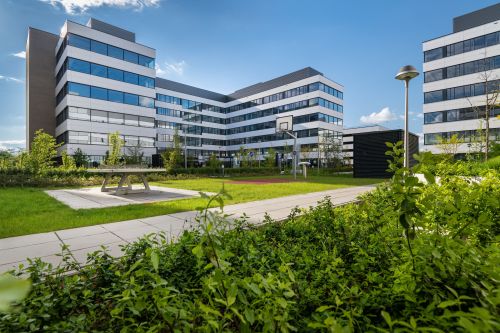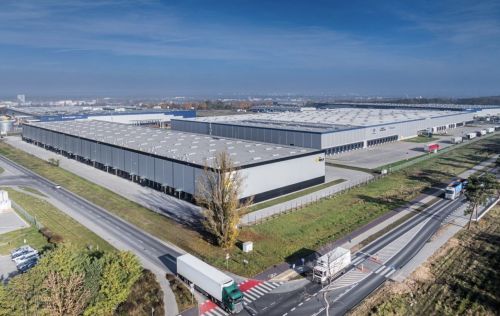The boom in the office market has not lost its impetus since last year, with much being developed and new space selling like hot cakesIn March this year real estate agencies were reporting a record-breaking drop in the vacancy rate Warsaw office buildings to as little as 4 pct. This index may possibly slump to as little as 2 pct in the second half of the year. Those who had earlier suggested that too much office space is being delivered on to the market have been proved quite incorrect. Although a multitude of projects have been started, office space is finding tenants as soon as it becomes available. According to Bartosz Mierzwiak, associate director of the office agency at Jones Lang LaSalle: “Many projects are already being realized but they are almost all rented already or are at the stage of advanced negotiations for the lease of the majority of available space. A company which wants to move into several thousand square metres will encounter problems finding what they need b
























































